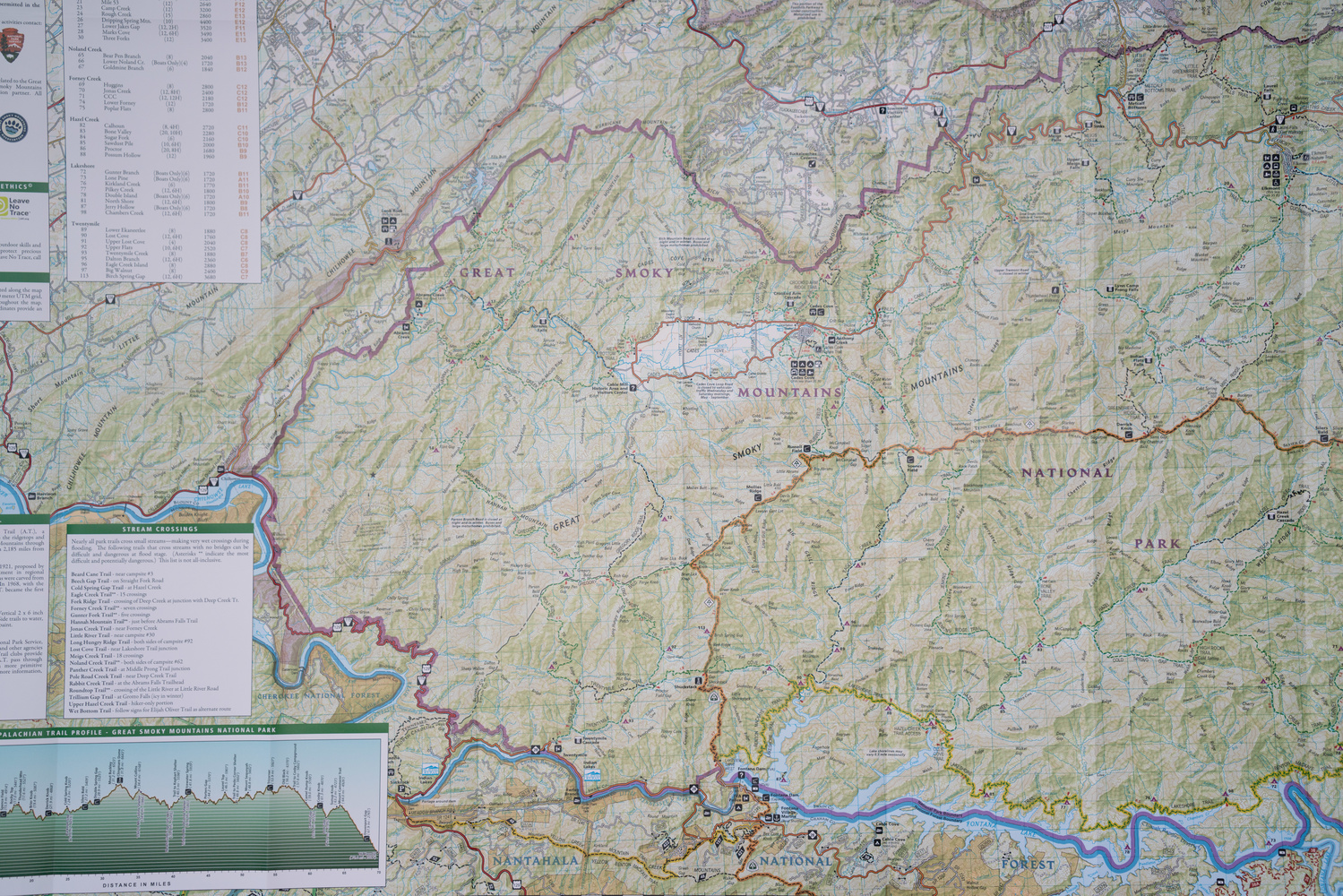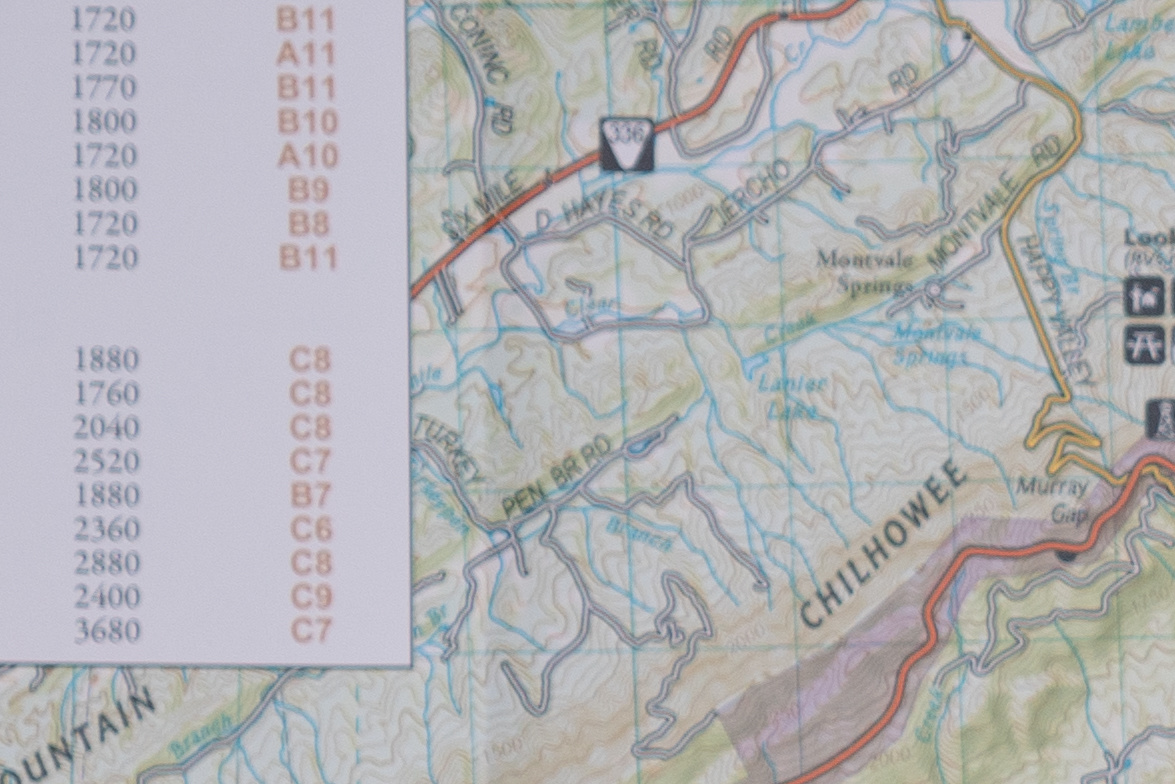Every photographer needs a good mid-range lens. Most go for a 50mm, but you should consider this 65mm from Sigma, as it has a small size and weight and astounding image quality for a low price.
The Sigma 65mm f/2 DG DN is not the newest lens for the Sony E mount, but I would argue that it is hands down one of the best-valued lenses you can get for your Sony a7 series camera. It is a bit of an oddity, though. There is only one other 65mm lens available in E mount, the Voigtlander Macro APO-Lanthar 65mm f/2. Otherwise, the only other close options from a major manufacturer are the Sony Sonnar T* 55mm f/1.8 ZA (the review can be found here) as the slightly wider option and two options that are slightly narrower: the Sigma 70mm f/2.8 DG Macro Art and the Rokinon/Samyang AF 75mm f/1.8. Compared with each of these alternatives and even compared with most lenses even twice its price, the Sigma 65mm has exceptional build quality and is sharper than you would ever think for a lens its size and price.
Before I get into the details of my review, I would just like to say that this lens is hands down the most used that I own, more than any of my retrofitted vintage lenses, which if you keep up with my writing, you’d know I love them. And, much to my surprise, I use it much more than my Sony 35mm f/1.4 GM. I don’t know that I could even articulate why I gravitate towards it so much other than that I like the light weight (405 grams), small size (76.2 mm long and 72 mm in diameter), great sharpness, and a tastefully narrow angle of view (36.8 degrees).

Build Quality and Handling
Much like the Sigma 35mm f/2 that I reviewed earlier this year, the Sigma 65mm f/2 feels absolutely wonderful to hold. The all-metal construction, partnered with the vintage aesthetics, including the aperture ring and focusing ring, make for a gorgeous package that I would not expect from a modern lens. The lens hood does not disappoint either. All in all, this lens, along with other Sigma siblings, feels and looks better than any other modern lens I’ve ever used. The handling is also wonderful. I really enjoy manually focusing on this lens, as it reminds me of my vintage lenses with the added benefit of modern functionality with my Sony a7R II.

Wide Open Performance: Sharpness and Vignette
It is here where I believe this lens really shines above most of its contemporaries. Without the built-in lens profile corrections in Lightroom, there is a decent amount of vignetting when shot wide open, but that almost entirely clears up when being stopped down twice to f/4.
Left: shot at f/1.8, right: shot at f/4
Sharpness is great in the center and decent out to the corners. The close-ups here demonstrate that even shot wide open, this lens is very sharp. You would be hard-pressed to find anything that can perform to the same level as the Sigma 65mm f/2 without spending significantly more and carrying around a much bigger and heavier lens. Admittedly, the corners leave something to be desired when shot at f/2, but the center shows good sharpness, which is really useful when taking any portraits. With that said, if used for landscapes, stopping down is pretty expected and leads to good sharpness out to the corners.

Highlighted sections indicate where the below crops are taken.
Center crop. Left: shot at f/1.8, right: shot at f/4
Corner Crop. Left: Shot at f/1.8, Right: Shot at f/4
What I Like
- Vintage style construction (all metal with gorgeous styling)
- Lens hood is similarly beautiful
- Small size
- Lightweight
- Price ($699 at the time of writing)
- The slightly longer focal length helps compensate for the maximum aperture of f/2 when it comes to a shallow depth of field
- Sharpness is exceptional

What I Don’t Like
- Odd filter size (62mm) means that unless I go without the hood, I would have to buy new filters if I wanted to use an ND filter or anything else
Similar Alternatives
Sigma 50mm f/1.4 DG HSM Art (cost: $949): the Sigma 50mm f/1.4 DG HSM has a well-earned reputation as one of the sharpest lenses in the game and is a favorite for many photographers. This Sigma 50mm f/1.4 costs $250 more, weighs more than double (815 g), and is nearly 50% longer compared to the 65mm f/2. Despite this lens often being considered to have a tastefully shallow depth of field due to how fast it is, the 65mm f/2 actually has a shallower depth of field. If Sigma ever made another version of the 50mm f/1.4, hopefully, one that is made specifically with mirrorless cameras in mind as opposed to retrofitting a DSLR lens into a Sony E mount, I think it would be a strong contender for the 65mm f/2.
Sony Sonnar T* 55mm f/1.8 ZA (cost: $998): coming in at nearly half again the price, I cannot recommend this lens when the Sigma 65mm f/2 is an option. It is worth noting that the Sony is a good deal lighter (281 g) and smaller (64.5 mm long and 70.6 mm in diameter) than the Sigma, so if traveling light is of key importance, then perhaps the Sony may be worth the added cost. It’s also nice and sharp too. Due to the Sony being a slight bit wider and having nearly the same maximum aperture, the Sony Sonnar 55mm f/1.8 does not actually have as shallow a depth of field when compared with the Sigma 65mm f/2, as you can see in the graph below. It isn’t a particularly stark difference but nevertheless, it is not quite as shallow.
Rokinon/Samyang AF 75mm f/1.8 (cost: $399): This lens is smaller (69 mm in length and 65 mm in diameter) and lighter (230 g) than the Sigma 65mm f/2, which is quite admirable. The sharpness is not quite on the same level, but truthfully, this lens is still a good option given that it can sometimes be had for $299 when on sale, which, of course, puts it at less than half the price during those times.

Depth of Field Comparison
As mentioned above, the Sigma 65mm f/2 has a shallower depth of field than some of its faster counterparts due to its abnormal and longer focal length. In this particular comparison, I chose to include an example of a 50mm f/1.4 and 55mm f/1.8.

Final Thoughts
I love my Sigma 65mm f/2 DG DN. Though it is quite a peculiar focal length, it is beautifully styled and feels great in the hand. Lastly, as you may be able to tell, I love using this lens to photograph my dog as well as the pets of my friends, and it serves this purpose wonderfully.

















Not only it isn’t 50 it isn’t even nifty.
Nifty lenses are small, cheap and good.
This is just a good lens.
I shot for years on just one lens, at one focal length, a Schneider 80mm on a Credo40, which equates to about 62mm. That's still my favorite focal length for portraits.
use something long enough and you get familiar with it.
and sometimes, familiarity breeds love
I love my $240, 45 y.o. Nikon 55mm 1:1.2. On my a7Sii I own the night.
“I love using this lens to photograph my dog as well as the pets of my friends, and it serves this purpose wonderfully.”
That’s why it’s a all metal construction lens. It’s a pet lens. It has to be resistant to dog biting and cat scratching in case the photoshoot goes wrong…
I have this lens and, having paid out £650 for it, I feel a bit ripped off. Nikon’s 50/1.8 is £210 and their 85/1.8 is £450 and both perform better than this lens.
For a start they focus properly and consistently whereas the Sigma often refuses to focus especially at close distances (no, I’m not talking about distances outside it’s focus range).
Being made of metal is no guarantee of quality - build quality or anything else.
It produces attractive images, I will give it that, and if it were £350 I’d consider it a bargain. But £650? Nah. Their similarly constructed and one stop slower 45mm f 2.8 lens, on the other hand, is a gem.
The sample photos above don’t look very sharp.
You mention the Voigtlander Macro APO-Lanthar 65mm f/2 but then do not go on to compare it to this lens. That would have been interesting.
The odd focal length lenses are the best. What makes them the best? In the case of the 65mm, you get something close to the feild of view of the 50mm but the compression of an 85mm. You get a portrait with just enough of the story (background). Sigma 65f2 and Batis 40f2 are my favorite lenses. Do i wish they were f1.4 ... Yes!!!
Seemed pricey to me
it's a good lens if you find yourself cropping your 50mm shots extensively
otherwise, it's just different for the sake of difference
and the premise of the article "Every photographer needs a good mid-range lens." is pure, unadulterated drivel
some need x
some need y
To a sports photog, 135 is a mid-range lens or even a short one
to the architectural photog, the 24 mm seems a midrange while a 50 is rarely used
the great leica shooters of the 50s and 60s would automatically gravitate towards their 35s
the whole purpose of the interchangeable lens camera is to enable each user to find the right lens
seems like the perfect lens to shoot your pet or a map
as a working focal length, it's likely to be a great focal length for a "couples" or small family portrait